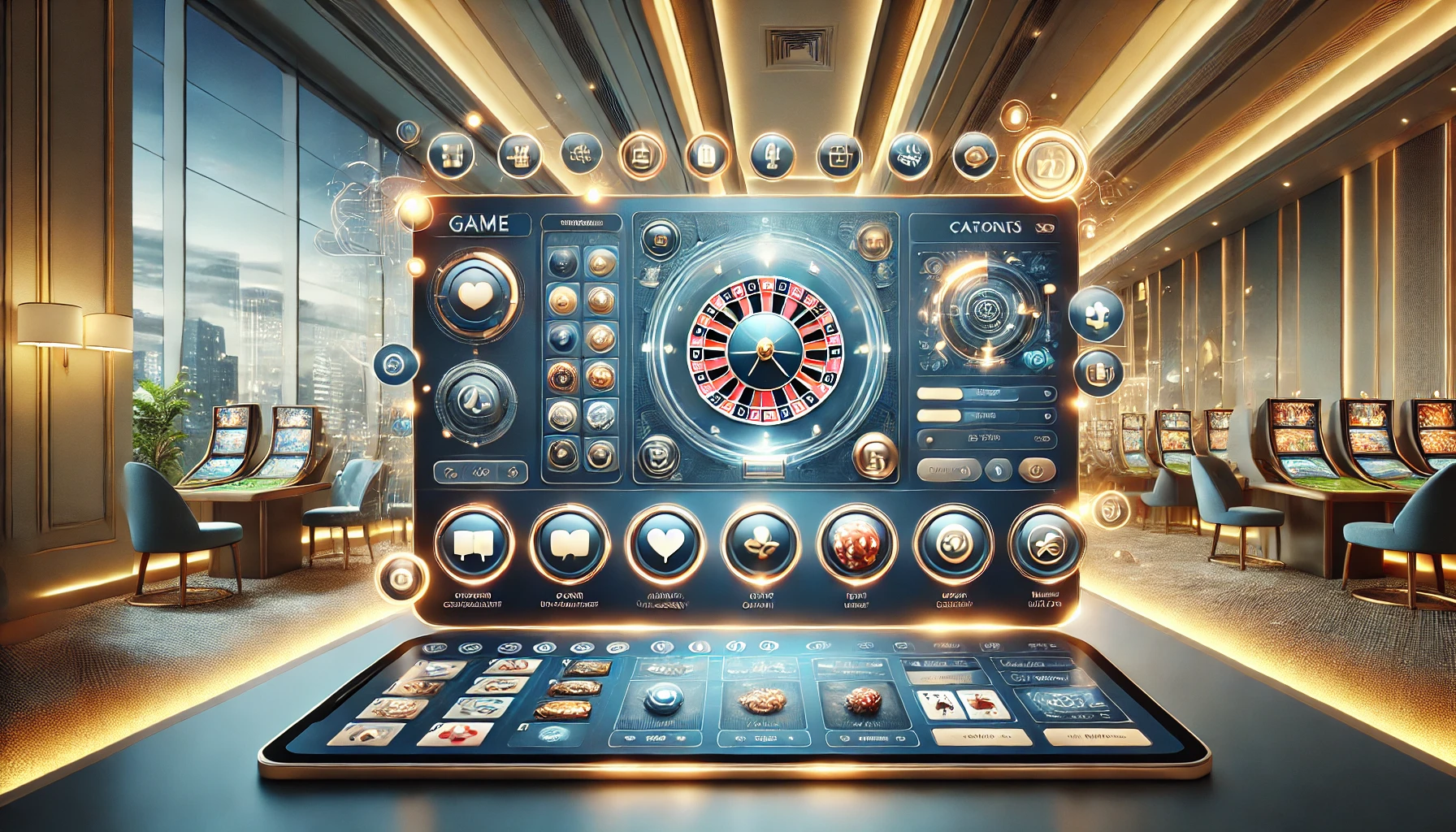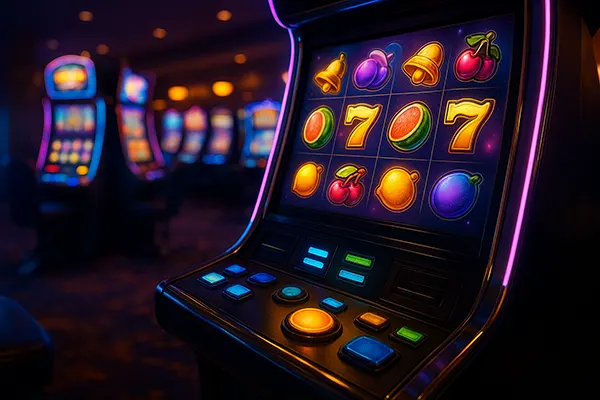
The Role of Interface Design in Online Casinos: How User-Friendliness Influences Player Engagement
Online casinos have experienced tremendous growth in recent years, creating an environment where competition is fierce, and user experience can make or break a platform. At the heart of this experience lies the interface design—a crucial element that dictates how players interact with the platform and ultimately influences their engagement and satisfaction. A seamless, visually appealing, and intuitive interface design can significantly improve player retention and attract new users.
Understanding the Importance of Interface Design
The interface design of an online casino serves as the primary bridge between the platform and its users. A poorly designed interface can create frustration, reduce trust, and drive users away to competitors. Conversely, an optimised and user-friendly design can enhance the overall gaming experience, leaving players with a positive impression of the platform.
One of the essential aspects of a good interface is simplicity. Players need to be able to locate their favourite games, access bonuses, and navigate payment options with ease. Cluttered or overly complex layouts can confuse users, negatively impacting their experience. In addition, colour schemes, typography, and visual elements must harmonise to create an appealing and professional look.
Key Elements of Effective Interface Design
An effective interface for online casinos is built upon a few critical elements. First, navigation must be intuitive, with well-organised menus and clear labels. Categories such as slots, table games, and live casino options should be easily accessible from the homepage. Second, responsiveness is vital. An interface that adjusts seamlessly to various devices—desktops, tablets, and smartphones—ensures that players enjoy a consistent experience regardless of how they access the casino.
Additionally, performance matters. Slow-loading pages or technical glitches can lead to frustration, prompting users to abandon the site. Incorporating features like quick search bars, personalised game recommendations, and high-quality graphics ensures smooth gameplay and encourages users to stay longer on the platform.
The Relationship Between Design and Player Retention
Once players are attracted to an online casino, keeping them engaged is equally important. A user-friendly interface significantly contributes to player retention by simplifying the gaming experience and making the platform enjoyable to use. Retention-focused design strategies often include personalised dashboards that display a user’s favourite games, bonus progress, and loyalty rewards.
Furthermore, consistency across the platform is crucial. Players should not experience sudden shifts in the design when navigating from one section to another. Maintaining a consistent design language builds familiarity and trust, encouraging users to explore the platform further.
Usability Testing for Optimisation
To ensure an optimal interface, online casinos should conduct usability testing regularly. Gathering player feedback through surveys and analysing their behaviour on the platform can reveal areas for improvement. A/B testing, for instance, can help determine which layouts or features resonate most with users. Continuous improvements based on these insights ensure that the platform evolves alongside player expectations.

How Interface Design Influences Player Trust
Trust is a cornerstone of the online casino industry, and a well-designed interface plays a significant role in establishing it. A professional and polished interface instills confidence in users, making them feel secure when depositing money or engaging with the platform. Transparency, such as visible licensing information and clear payment policies, further reinforces trust.
Moreover, incorporating customer support features like live chat, FAQs, and help sections directly into the interface enhances accessibility and assures players that assistance is readily available if needed. These small yet impactful features demonstrate the casino’s commitment to user satisfaction.
Ensuring Accessibility for Diverse Audiences
Accessibility is another critical component of a successful interface design. Online casinos cater to a diverse audience, including individuals with visual or physical impairments. Features such as adjustable font sizes, high-contrast themes, and screen reader compatibility make the platform inclusive. Additionally, providing multilingual support allows casinos to appeal to a global player base.
By prioritising accessibility, online casinos not only expand their potential audience but also demonstrate their dedication to providing an enjoyable experience for everyone. Accessibility should not be an afterthought but an integral part of the design process.
In conclusion, interface design is not merely an aesthetic consideration for online casinos. It is a strategic asset that influences player engagement, retention, and trust. By focusing on user-friendliness, accessibility, and consistent optimisation, online casinos can create platforms that not only attract players but also keep them coming back for more.





